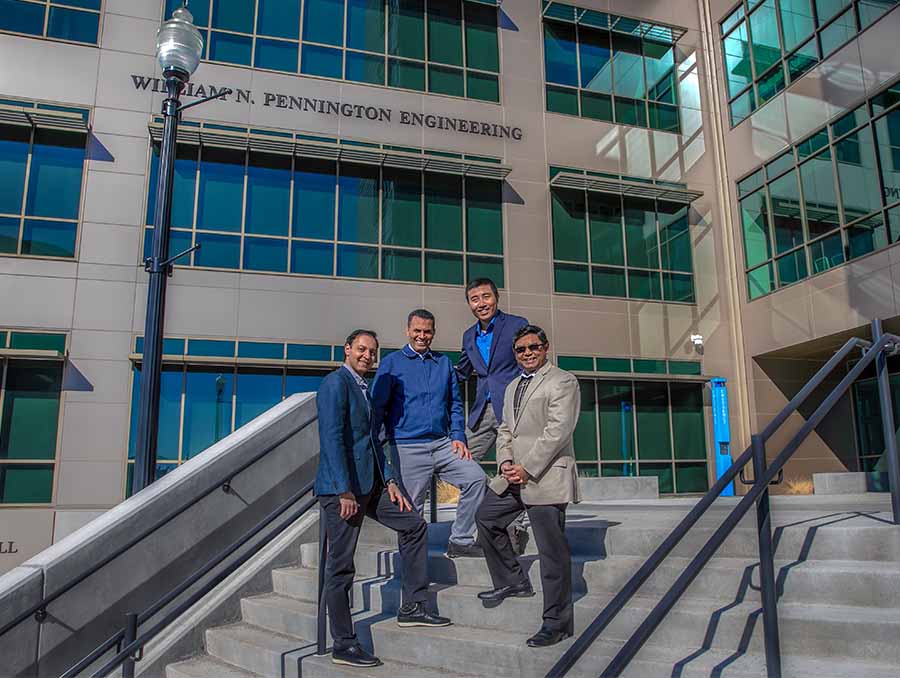"Cyberinfrastructure (or, "CI") is a fabric of highly-connected systems for information and data acquisition, visualization, computing, storage, and associated human expertise serving end-to-end scientific and engineering workflows to improve scholarly productivity and enable breakthroughs not otherwise possible."
- NSF Office of Advanced Cyberinfrastructure
An emerging program for research technology support
As the University moves to a Carnegie R1 operating tempo, the institution is setting the stage for collaborative cyberinfrastructure development that engages across administration, academic divisions and research disciplines. Research & Innovation, the Office of Information Technology and the faculty-led Cyberinfrastructure Committee are working together to provide effective technology infrastructure and support to meet the dynamic needs of research, scholarly and creative activities across campus.
National research funding agencies such as the National Institutes of Health (NIH), National Science Foundation (NSF), and Department of Energy (DoE) have recognized the critical role that technology plays in all aspects of today’s science and engineering work. These organizations have pioneered large-scale cyberinfrastructure in the form of fast networks and supercomputing, and are now guiding efforts to coordinate investment in research technology support at all scales.
In keeping with these national developments, a robust and sustainable cyberinfrastructure remains essential for research efforts at the University to maintain the highest standards of scholarship, increase in scale and efficiency, and lead in scientific discovery.
Get involved!
Building the cyberinfrastructure we need at the University requires a new approach to investment and planning across lab, department, school, college, and institutional boundaries. While CI is currently being coordinated from within the Office of Information Technology, all research units are stakeholders. Investments in technology and human expertise are decadal in scale, transcending grant cycles and state budgets.


